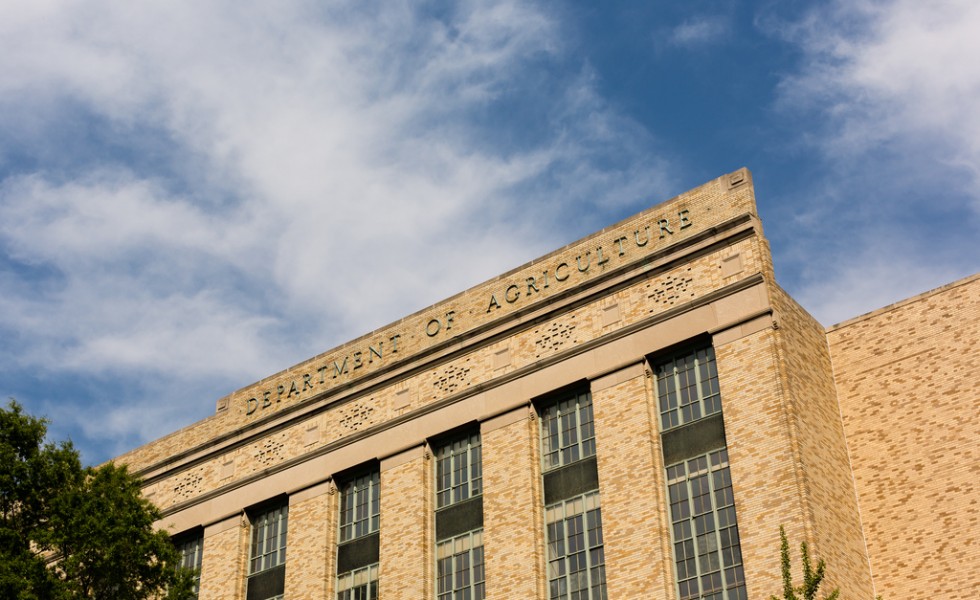Questions Surround Carbon Sequestration; USDA Needs to Find Answers
Posted on February 17, 2021

One topic most red, blue, and green politicians—and, even more strikingly, farmers—agree on is climate change; it’s real.
In fact, notes the Dec. 2020 Iowa Farm and Rural Life Poll, 58 percent of Iowa farmers and landowners now agree that climate change is both occurring and is caused by either human activity or nature.
Moreover, if you add the 23 percent who told pollsters climate change exists but is only natural, 81 percent of Iowa landowners and farmers now believe climate change is real and ongoing.
Those numbers also suggest that most everyone in agriculture is at least somewhat open to ideas for on-the-farm carbon sequestration, a long-discussed strategy to both slow and reduce the impact of climate-altering atmospheric carbon. So far, however, farm-directed carbon storage has been a tough sell for two big reasons.
The first is the age-old dilemma for all farmers and ranchers: Does this new idea cost or does it pay?
Limited evidence from relatively new, private-financed efforts show decidedly mixed results. Payments, mostly in the $30- to $50-acre range, are often less than what participating farmers claim carbon storage schemes cost when bringing in and managing new elements needed for sequestration like cover crops, machinery modifications, extra data collection, and labor.
The second, bigger concern, though, is if carbon sequestration is even possible. Can farmers grab, for example, 10 percent of the earth’s climate-changing carbon and put it back into the soil to help save the planet while feeding it?
Scientific theory says yes; in-the-dirt practice, however, says maybe and is so, it could take decades before minor amounts of carbon can be added to, then stored, in food-growing soils.
At least that’s the conclusion of Iowa State University (ISU) research published in Nov. 2019. The10-year ISU research project (that used winter rye as a cover crop) showed “The ability of cover crops to stimulate microbes deep in the soil of farm fields leads to significant gains in water quality but does not necessarily increase the capacity of soil to store carbon…”
The main reason, according to the Iowa research, is the same reason we need to store carbon in the first place: While crops do stimulate soil microbes to store carbon, they also “digest” at least as much carbon as they store. The digestion converts the carbon “to carbon dioxide, which is released to the atmosphere…” which then wipes out any “stored” carbon benefit.
In short, it’s what plants were designed to do; asking them to do it differently might be a hard pull for both science and Mother Nature.
But neither is deterring investors and curious farmers from seeking new ways to marry future carbon sequestration with workday agronomy.
On Jan. 22, the Washington Post published a highly detailed, well-balanced examination of carbon sequestration efforts underway on a 10,000-acre, Maryland corn, soybean, and wheat farm. It included the farmer’s hopes as well as his skepticism. (Links at farmandfoodfile.com)
Indeed, the farmer, Trey Hill, told the Post, farming for carbon “‘makes life a lot more difficult, and not necessarily more profitable.’”
Still, he, like many others who back “regenerative” farming, view carbon sequestration as not only possible, but necessary if the world is to avoid a climate—and food—catastrophe.
Maybe it doesn’t work well right now, they admit, but more research, farm testing, and adaptation could provide other ways to some near- and long-term storage successes and profits.
Call me crazy, but that sounds exactly like the work the U.S. Department of Agriculture (USDA) was created to perform.
USDA, after all, has the checkbook to finance public research to make carbon sequestration work and the bureaucratic skill to manage such a multi-disciplinary, multi-year push. It also has a public mandate to supply safe and abundant food today while ensuring the nation’s means of food production tomorrow.
What could be more important for our children, grandchildren, and the world?
© 2021 ag comm
Share This